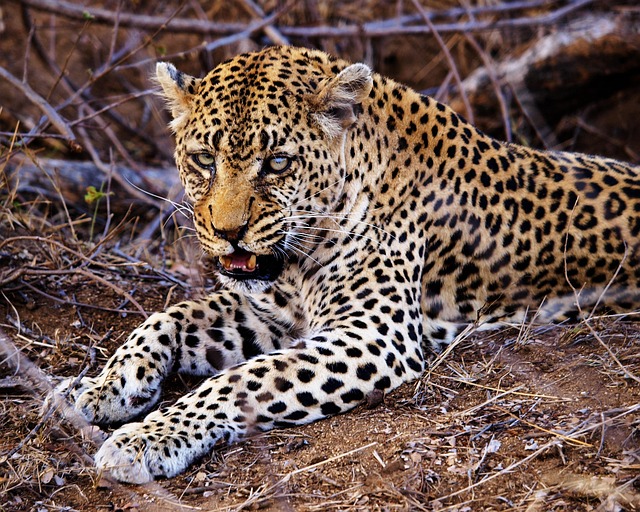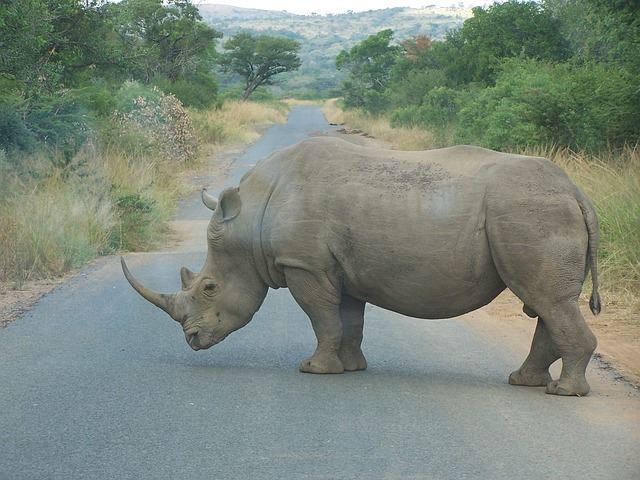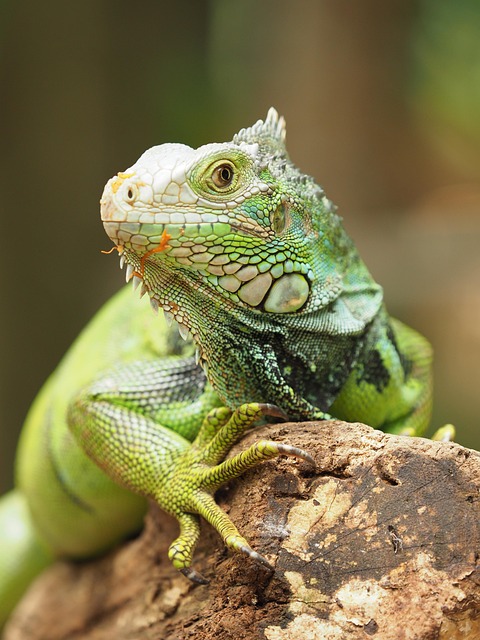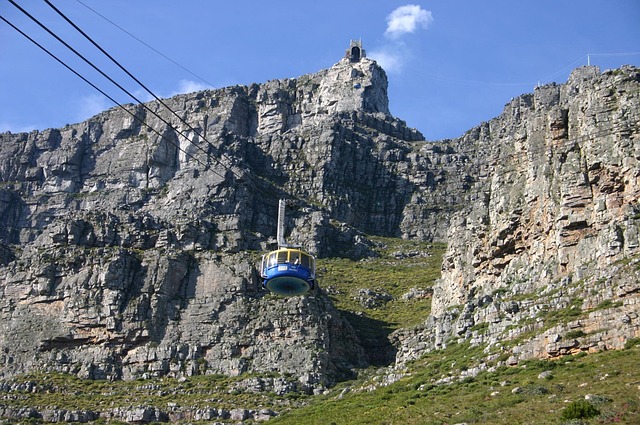Australia and South Africa's media landscapes differ starkly due to their unique histories. Australia, with its multicultural society and democratic values, has diverse media ownership and content. South Africa, still grappling with post-apartheid inequalities, has concentrated media ownership, impacting diversity. These contrasts offer insights into each nation's identity, with Australia known for democracy and human rights, while South Africa works on racial equality. Digital transformation and public broadcasting also differ significantly, reflecting their respective cultural and historical contexts.
The media landscape is a mirror reflecting a nation’s values, priorities, and identity. In this comparative analysis, we explore how Australia and South Africa, two diverse nations, shape their public discourse through media. From media diversity—Australia’s broad spectrum versus South Africa’s concentrated ownership—to cultural representation and press freedom, each country’s media environment tells a unique story. We delve into digital transformation and the role of public broadcasting, revealing how these factors influence societal values in modern times, using Australia and South Africa as case studies.
- Media Diversity: Australia's Broad Spectrum vs South Africa's Concentrated Ownership
- Cultural Representation: Reflecting Diverse Identities in Newsroom Narratives
- Press Freedom: A Cornerstone of Democracy, Different Protections in Each Nation
- Digital Transformation: Shaping Access and Engagement in the Modern Era
- Public Broadcasting: The Role of State-Funded Media in Shaping Societal Values
Media Diversity: Australia's Broad Spectrum vs South Africa's Concentrated Ownership

Australia and South Africa present contrasting media landscapes that mirror their unique historical journeys and social structures, offering insights into societal values. In Australia, media diversity thrives with a wide range of outlets catering to various demographics and interests, reflecting its multicultural society and democratic values. The country’s media is characterized by a broad spectrum of ownership, allowing for diverse voices and perspectives. In contrast, South Africa’s media landscape is marked by concentrated ownership, where a few companies dominate the market, often reflecting historical inequalities stemming from apartheid. This concentration can limit diversity in content and representation, impacting societal discourse.
Examining these differences, one finds that key historical events have shaped modern Australia and South Africa, with Australia boasting a robust democratic system and a strong commitment to human rights, while South Africa’s history of racial segregation continues to influence its social dynamics, including media ownership patterns. As visitors explore the iconic landmarks and experience the contrasting climates during their visits, understanding these media differences offers a unique lens into each nation’s identity and ongoing efforts towards equality.
Cultural Representation: Reflecting Diverse Identities in Newsroom Narratives

In examining the media landscapes of Australia and South Africa, we uncover a rich tapestry of cultural representation that mirrors each nation’s diverse identities. Australian media often highlights the country’s multicultural fabric through stories featuring its vast array of ethnic backgrounds, reflecting the value placed on inclusivity. This is evident in news narratives that cover various cultural events, traditions, and contributions, fostering an environment where different communities feel seen and heard. Conversely, South Africa’s media landscape showcases a nation grappling with its complex history of apartheid, resulting in a strong emphasis on racial equality and reconciliation. Stories about the country’s diverse ethnic groups, such as the Zulu, Xhosa, and Sotho, often explore themes of identity, heritage, and the ongoing efforts to address historical injustices.
When comparing these two countries’ media portrayals, strategic alliances like Australia-US partnerships pale in comparison to the unique relationships South Africa cultivates on the global stage, particularly with its African neighbors. Similarly, while both nations have state education systems, South Africa’s curriculum incorporates a more robust focus on social issues and historical context, reflecting its commitment to addressing systemic inequalities. In terms of well-being, healthcare and social services in Australia often prioritize individual empowerment, whereas South Africa’s system is more centered around community support, mirroring the societal values of collective responsibility and resilience.
Press Freedom: A Cornerstone of Democracy, Different Protections in Each Nation

Media landscapes play a pivotal role in shaping societal values, reflecting a nation’s commitment to democracy and its diverse cultural facets. At the heart of this is press freedom, which serves as a cornerstone for open societies. Both Australia and South Africa have unique approaches to safeguarding this fundamental right.
Australia boasts a robust media environment with a strong tradition of press liberty, supported by legal frameworks that protect journalistic integrity. In contrast, South Africa’s media landscape is marked by its history of struggle, where press freedom has been both a hard-fought victory and a continuing challenge. While both nations prioritize free expression, the protection and interpretation of this right vary, shaping their respective cityscapes: Sydney versus Cape Town’s urban growth and challenges, and influencing life in the Outback (Australia’s rural communities) vs. South Africa’s townships. Additionally, exploring mineral wealth and its impact on economies and tourism attractions offers insights into how media landscapes can be influenced by a country’s natural resources. Give us a call at [your organization/brand] to discuss the role of language in cultural identity and education artistic expressions, further emphasizing these contrasts.
Digital Transformation: Shaping Access and Engagement in the Modern Era

In the modern era, digital transformation has significantly shaped access and engagement within media landscapes across countries. Australia, dubbed the “Silicon Valley of Asia,” boasts a thriving tech hub that influences its media’s reach and interactivity. This technological advancement allows Australians to easily explore diverse cultural rhythms, from indigenous music that reflects their rich heritage to global trends, enhancing cross-cultural understanding. The digital landscapes in South Africa also showcase innovation, though distinct from Australia’s tech-focused scene, with a strong emphasis on storytelling and community engagement.
Comparatively, while Australia prioritises digital accessibility for well-being initiatives, such as healthcare and social services, promoting a connected society, South Africa leverages its media to foster cultural exchange and preserve indigenous knowledge. The contrast between these two nations underscores the multifaceted impact of digital transformation in media, from technology adoption to content creation, ultimately shaping societal engagement and values in unique ways. Exploring these differences encourages a deeper understanding of how countries navigate their specific paths in the ever-evolving digital age.
Public Broadcasting: The Role of State-Funded Media in Shaping Societal Values

Public broadcasting plays a pivotal role in shaping societal values by providing an alternative to commercial media, often reflecting and reinforcing the cultural and ethical norms of its nation. In Australia, state-funded media like the Australian Broadcasting Corporation (ABC) upholds a strong commitment to public service, with content that promotes diverse viewpoints and robust public discourse. This is evident in Australia’s vibrant media landscape, characterized by its vast and varied terrain—a stark contrast to South Africa’s more centralized media environment.
Through strategic alliances, such as the Australia-US partnership, public broadcasting in both nations fosters cultural exchanges and strengthens their positions on the global stage. In terms of artistic expression, uncovering themes and influences in their literature, music, and dance, Australia’s diverse landscape inspires a rich tapestry of creative works. Find us at a celebration of artistic diversity and influence literary traditions, where these societal values are not just reflected but celebrated, contributing to a unique national identity. Meanwhile, South Africa, with its complex history, also expresses its societal values through media, albeit with different influences that reflect the nation’s journey towards democracy and reconciliation.
The media landscapes of Australia and South Africa offer contrasting yet insightful glimpses into how societal values are reflected and shaped. Australia’s diverse media environment, characterized by broad spectrum ownership, fosters cultural representation and press freedom, enabling a dynamic digital transformation. Conversely, South Africa’s concentrated media ownership presents challenges in reflecting diverse identities, but its public broadcasting sector plays a crucial role in upholding democratic values through state-funded media. These contrasting scenarios underscore the intricate relationship between media, society, and democracy, both within nations and across global comparisons.
